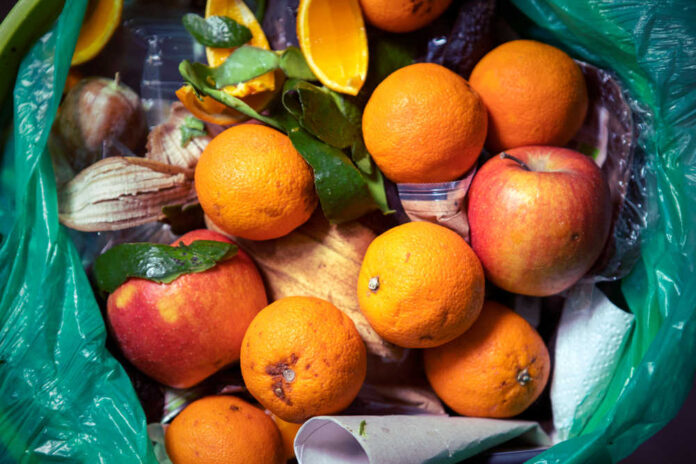
At least 17% of all food produced is wasted.
And that’s not inedible waste, like vegetable peels and eggshells – this is food that was good to eat but got thrown out because it wasn’t wanted or didn’t get used in time.
We waste over a billion tons of food each year or approximately 200 pounds per person worldwide.
You can help reduce this staggering amount of waste.
Why It Matters
Wasting food means wasting resources like water, fertilizer, and energy that were needed to grow or produce the food in the first place.
It also means wasting all the money, labor, and effort that went into producing that food.
All this excess production and transportation then contribute to an unnecessary increase in carbon dioxide emissions, and decomposing food in landfills emits methane, another powerful greenhouse gas.
- Buy What You Need
If you have a habit of buying more food than you can eat, try making a meal plan each week and sticking to it. The most common foods that go bad before they are used are:
- Bread
- Tomatoes
- Apples
- Watermelons
- Potatoes
Rather than buying these foods in bulk, opt for smaller quantities to ensure they get used up before they go bad.
- Store Your Food Properly
Many common foods go bad quickly because we don’t store them properly.
Ensure your fridge and freezer are set to the right temperature, follow storage directions on packaged food, and keep your storage spaces clean.
- First In, First Out
When unpacking groceries, put the newest food at the back of your fridge or pantry.
Use up older food first to make sure it doesn’t go bad before you have a chance to eat it.
- Save Your Scraps
Instead of throwing out the various peels, stalks, and other scraps are thrown away, save them in a sealable bag in the freezer. These can later be boiled to make delicious vegetable stock or broth to use in various recipes.
You can also add chicken bones and other unused meat parts to your stock to make a rich in flavor and protein broth.
- Share Food With Others
Share it with friends or family members if you have more food than you can eat.
You can also donate non-perishable food to your local food bank or similar organization.
- Buy Less Perfect Vegetables
Often, fruits and vegetables that are slightly misshapen or discolored are perfectly fine to eat but get thrown out because they don’t look very appealing.
Don’t be afraid to purchase these “ugly” foods and use them in a variety of recipes. There may even be services in your area that will deliver these imperfect foods directly to your door.
- Compost Your Food Scraps
Composting is a great way to use food waste that you can’t avoid.
Save your vegetable, fruit, and nut peels and coffee grounds and eggshells, and add them to a compost pile or bin.
You can then use the rich soil that is produced as fertilizer for your garden or other plants.
- Replant Your Seeds
Many fruits and vegetables produce seeds that can be easily replanted. By regrowing these foods from the seeds, you can avoid purchasing them at the store.
This is a great way to reduce food waste and save money simultaneously.
Every little bit counts when it comes to reducing food waste. By making a few simple changes in your daily routine, you can make a big difference in the amount of food that ends up in the trash.






















